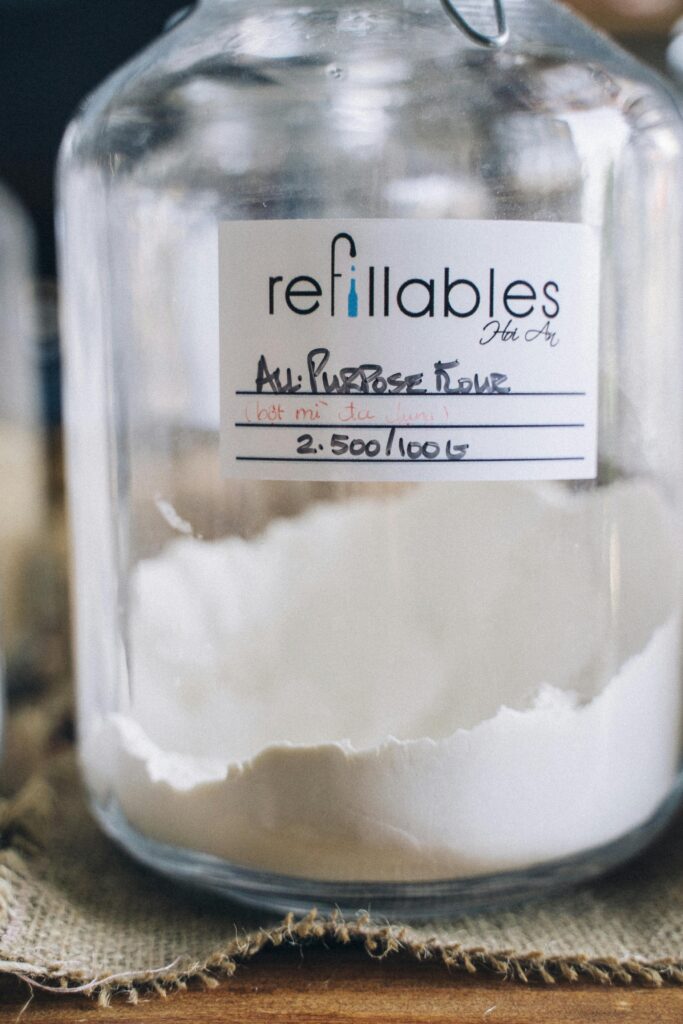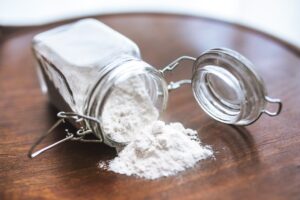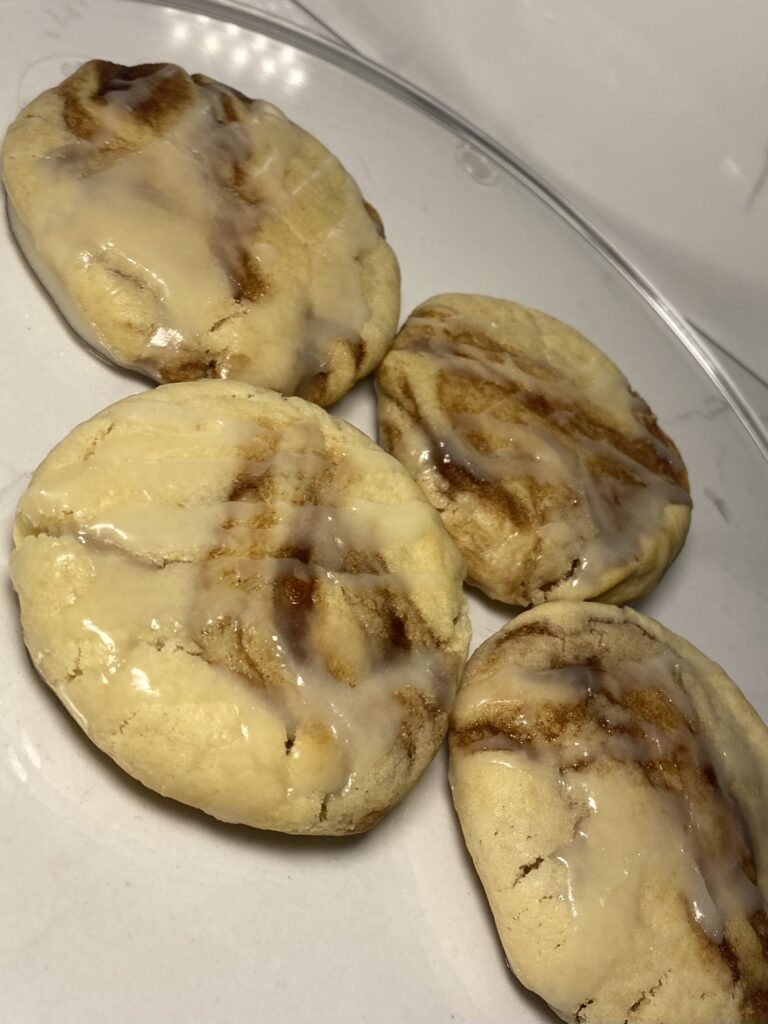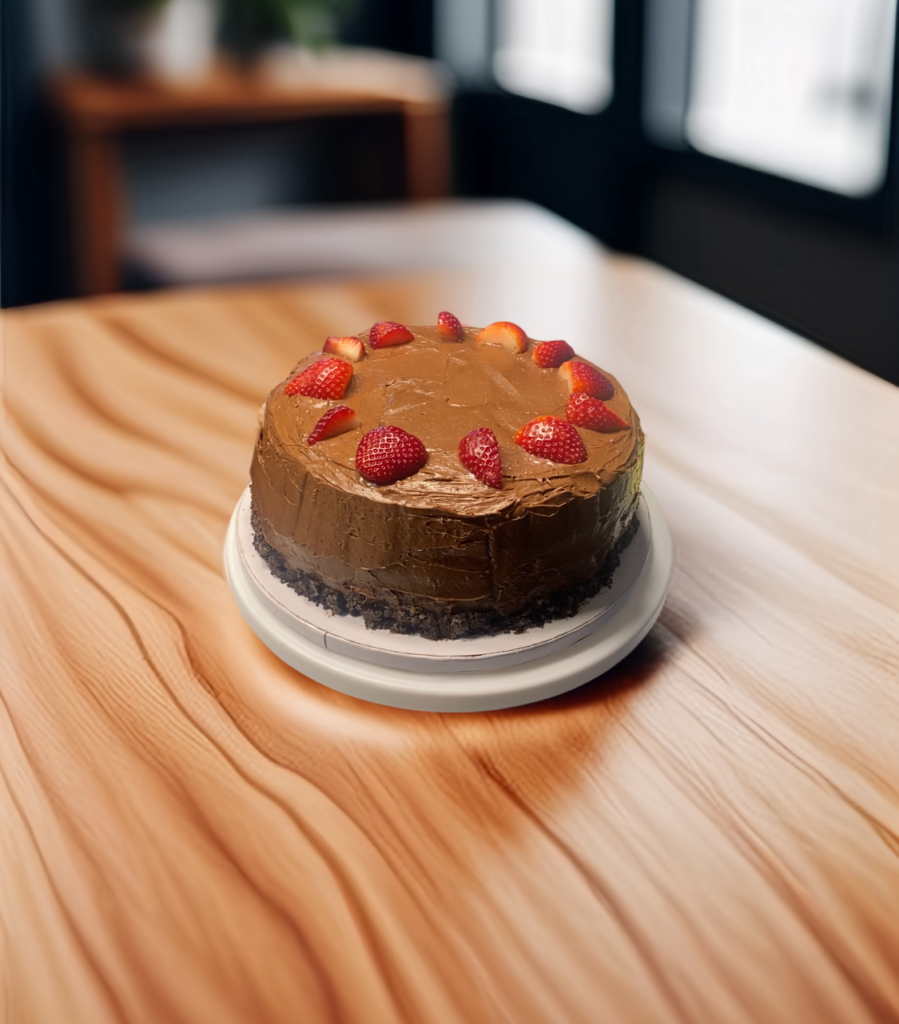Did you know that the global specialty flour market is expected to reach $17.3 billion by 2025? As someone who’s been testing and comparing flours for baking, I can tell you that choosing the right type of flour can make or break your recipe! Whether you’re an ambitious home baker or just starting your culinary journey, understanding different types of flour is crucial for achieving those Instagram-worthy results. From the protein content that determines your bread’s chewiness to the gluten levels that affect your cake’s texture, let’s dive into everything you need to know about the fascinating world of flour!
Understanding Flour Basics: What Makes Each Type Unique
The big difference between various types of flour is the protein content. The higher the protein content, the more dense your baked good. The protein in the flour forms gluten when water (or any liquid containing water like milk) is added. The more you mix the combination of liquid and flour, the more gluten develops. Overdeveloped gluten is very easy to notice when baking cakes specifically, as it results in a dense cake lacking that light and fluffy texture.
The formation of gluten while baking helps let the dough rise and gives a chewy texture. Although too much gluten or overdeveloped gluten, makes the texture tough. This is why many cookie and cake recipes note NOT to overmix. The presence of fats can help slow or prevent the development of gluten by coating the proteins.
All-Purpose Flour: The Kitchen Staple Explained
All-purpose flour contains a moderate amount of protein, allowing it to serve a variety of purposes. You can find all purpose flour bleached or unbleached. Bleached flour has chemicals added to it making it a whiter in color. It also has a softer texture, making it better to use for cookies, pancakes, muffins or any baked goods that should be fluffy.
Unbleached flour typically has more gluten but no added chemicals. Unbleached flour is especially good to use for any puff pastries or yeast breads. Personally when it comes to all purpose flour, I always use unbleached. I don’t like the idea of any extra added chemicals and it does not significantly impact the taste whatsoever.

Bread Flour: The Secret to Perfect Artisan Loaves
Bread flour has more protein in it than all purpose flour does, this means it can develop more gluten which allows for a more dense and chewy texture. The high protein in the flour gives the dough more structure and support. It is beneficial to use bread flour when making bread of course but also for pizza dough, pretzels, and bagels. Bread flour also works better with yeast which aids with letting the dough rise evenly.
When baking with bread flour there are some things best to keep in mind. Bread flour produces more gluten, therefore over-kneading can lead to a dense, overly chewy result, so be mindful of mixing times. Additionally, the higher protein content in bread flour calls for the use of more liquid than you would use for all purpose flour. In order to maintain freshness and good quality, it is best to store in a cool, dry place.
Cake Flour: Creating Tender Baked Goods
Cake flour offers a finely milled, low-protein flour designed specifically for delicate baked goods like cakes, cupcakes, and pastries. It forms less gluten, resulting in a tender, light, and airy texture. Its finely milled consistency allows for smoother batters, helping cakes achieve an even crumb and soft, fluffy structure. Cake flour is often bleached, which slightly weakens the proteins and helps baked goods rise better and hold their shape. I use King Arthur brand’s cake flour in my chocolate cake recipe you can see here.
When baking with cake flour, precise measurement is key, as its lighter weight can lead to inconsistencies if not properly measured. To substitute cake flour for all-purpose flour, use a blend of 1 cup of all-purpose flour minus 2 tablespoons, replacing those tablespoons with cornstarch for a similar effect. Cake flour also absorbs liquids differently, so closely following the recipe’s liquid-to-flour ratio is important for the best results. Store cake flour in an airtight container in a cool, dry place to maintain its quality.
Gluten-Free Flour Options
Gluten-free flour options have become increasingly popular for those with dietary restrictions or preferences, offering a variety of choices for different textures and flavors. Almond flour, made from finely ground blanched almonds, adds moisture and a slightly nutty taste to baked goods. Coconut flour, derived from dried coconut, is highly absorbent and works well in recipes with ample liquids. Rice flour, available in white or brown varieties, provides a mild flavor and is often used in combination with other flours to create a balanced gluten-free texture. Each type has its own unique properties, making them versatile for various recipes but requiring careful handling for best results.
To use these flours effectively, consider blending them with other gluten-free options to mimic the structure gluten provides. For instance, a mix of almond flour, coconut flour, and tapioca flour can yield a well-rounded result. Many recipes also call for xanthan gum or guar gum to enhance binding and elasticity. Substitution ratios vary by flour type: for example, replace regular flour with coconut flour at a 1:4 ratio and increase liquids or eggs to compensate for its absorbency. Creating your own gluten-free flour blend often involves combining 40% whole-grain flours, like sorghum or brown rice, with 60% starches, such as potato starch or arrowroot. Experimentation is key to achieving the right balance for your recipes.
Overall
Understanding different types of flour is your gateway to becoming a more confident and successful baker. Remember, each variety has its unique properties and ideal uses – there’s no one-size-fits-all solution! Start experimenting with various flours in your favorite recipes, and don’t forget to store them properly to maintain freshness. Ready to elevate your baking game? Head to your local grocery store or specialty market and pick up a few new varieties to try. Happy baking!


